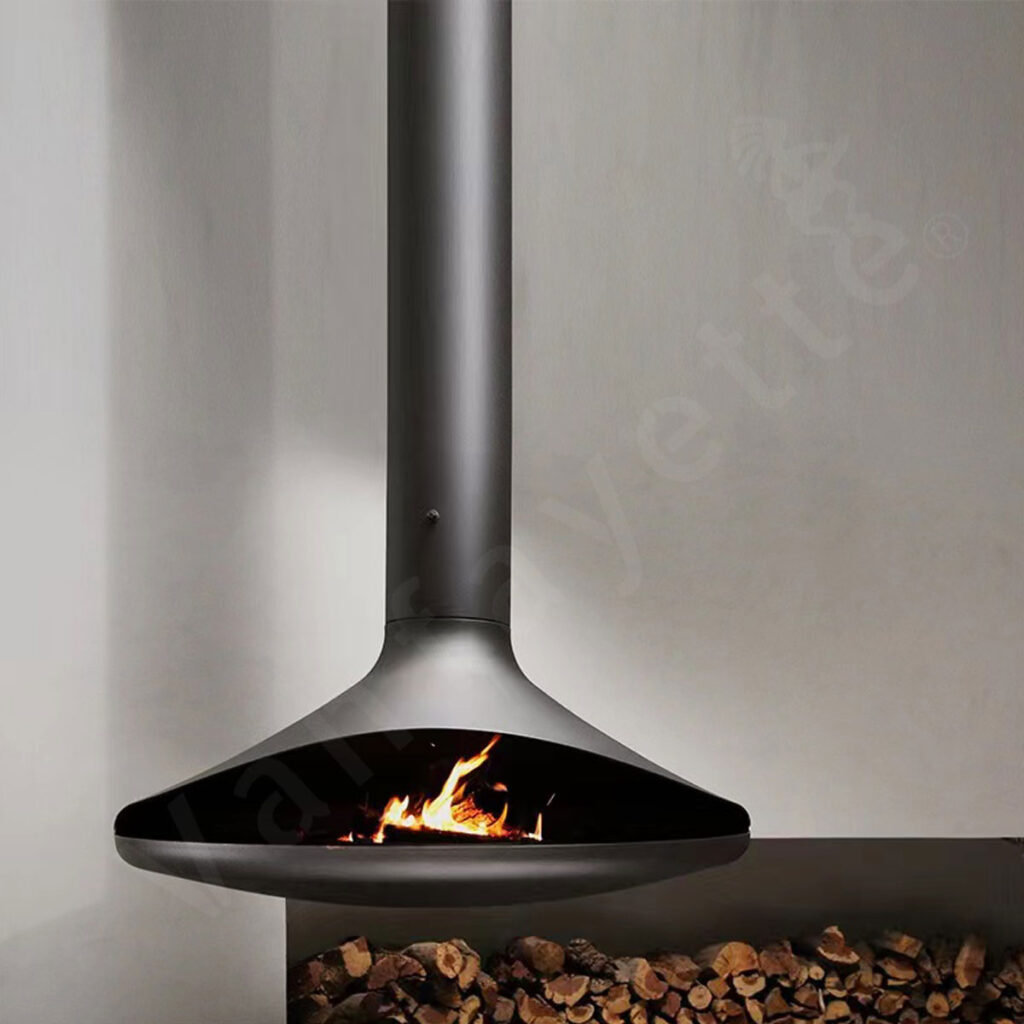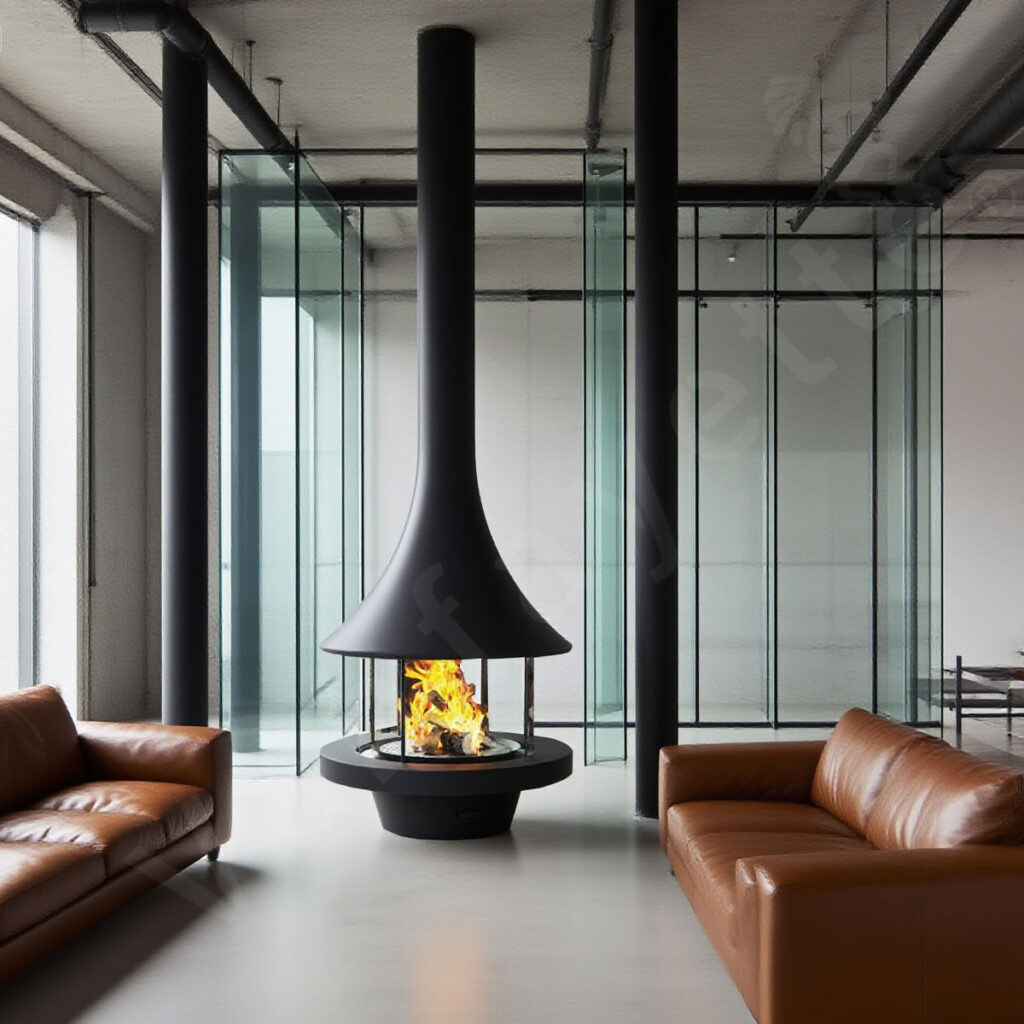Understanding the Basics of Wood Burning Fireplaces

Wood burning fireplaces have long been a favored choice among homeowners seeking an effective and aesthetically pleasing means of heating their living spaces. They come in various forms, including open hearths, wood stoves, and inserts, each offering distinct characteristics and advantages. Open hearth fireplaces are often viewed as traditional options, providing a charming focal point in any room. In contrast, wood stoves are compact and known for their efficiency, while inserts can be installed into existing masonry fireplaces, improving heat output and reducing emissions.
One of the primary benefits of wood burning fireplaces is the use of wood as a fuel source. Wood is considered a carbon-neutral fuel since the amount of carbon dioxide released during combustion is approximately equal to the amount absorbed by the trees during their growth. This makes wood burning fireplaces an environmentally friendly heating option when sourced sustainably. Moreover, the warmth generated by a wood fire is often more comforting than that produced by conventional heating systems, creating an inviting atmosphere that enhances the ambiance of any home.
When considering a wood burning fireplace, various factors warrant attention. Installation requirements can vary depending on the type chosen; for instance, wood stoves may necessitate specific clearances and venting standards. Efficiency ratings are also essential, as they indicate how effectively a fireplace converts wood into usable heat. Homeowners should consider their heating needs, the size of the space to be heated, and fuel availability when selecting the appropriate type of wood burning fireplace. Additionally, regular maintenance, including cleaning and inspection of the chimney and firebox, is crucial to ensure safe and efficient operation. Proper care will prolong the life of the fireplace while enhancing performance, making a wood burning fireplace a worthwhile investment for many households.
Open Hearth Fireplaces: Traditional Charm and Aesthetic Appeal
Open hearth fireplaces have long been celebrated for their historical significance as a focal point in homes, offering a unique blend of charm and functionality. Traditionally, these fireplaces served as communal gathering places, where families and friends would come together to share stories and warmth, creating an inviting atmosphere. The open flames of these fireplaces foster a sense of comfort and security, making them an essential feature in many households.
One of the most appealing aspects of open hearth fireplaces is their design flexibility. They can seamlessly integrate into a variety of architectural styles, whether it be rustic, modern, or transitional. Masonry options, constructed from brick or stone, exude durability and can be customized with various finishes for a personalized touch. Alternatively, prefabricated models offer a more streamlined installation process while still delivering the aesthetic benefits that wood burning fireplace types provide.
When considering the heat output of an open hearth fireplace, it is essential to factor in its efficiency. Traditional open hearth designs typically produce less heat than closed combustion systems, as much of the warm air can escape through the chimney. Nevertheless, they can still create a surprisingly cozy environment, especially during colder months. To enhance their heating efficiency, homeowners may consider incorporating inserts or glass doors, which help retain heat while maintaining the charming ambiance.
Safety concerns should also be addressed when using an open hearth fireplace. Proper installation, regular maintenance, and adherence to local building codes are crucial to preventing potential hazards. Additionally, installing a chimney cap can help keep out debris and animals, ensuring safety and efficiency. For those looking to blend modern convenience with traditional allure, thoughtful design, and placement of an open hearth fireplace can add considerable value and character to any home.
Wood Stoves: Efficiency Meets Style
Wood stoves have gained substantial popularity in recent years as homeowners seek efficient, sustainable heating options. One of the primary advantages of wood stoves is their impressive energy efficiency, which allows them to produce significant heat output with less wood compared to traditional fireplaces. This efficiency not only helps in lowering heating costs but also minimizes the environmental footprint associated with wood burning. Various wood burning fireplace types are available, catering to different aesthetic preferences and functional needs.
When considering wood stoves, it is essential to compare freestanding models with those designed for corner placements. Freestanding wood stoves offer versatility in positioning, allowing homeowners to choose a central location to maximize heat distribution. In contrast, corner models are perfectly suited for smaller spaces where maximizing usable floor area is paramount. Both options provide distinctive design aesthetics, suitable for diverse home decors.
Speaking of design, wood stoves come in a wide array of styles, including rustic, contemporary, and minimalist options. Rustic wood stoves often feature intricate detailing and traditional designs that evoke warmth and nostalgia, fitting seamlessly into log cabins or country-style homes. Alternatively, contemporary wood stoves boast sleek lines and modern finishes, ideal for urban or modern settings. Minimalist designs focus on functional simplicity, making them suitable for homes that emphasize a clean and uncluttered appearance. This range of styles makes it easier for homeowners to envision a wood stove that complements their existing decor.
Moreover, safety standards and regulations concerning wood stoves cannot be overlooked. Ensuring compliance with local building codes and emissions regulations is vital for both safety and efficiency. Homeowners should always consult a professional when installing a wood stove to guarantee adherence to these standards, making the selection and integration of various wood burning fireplace types a smooth process.

Choosing the Right Wood Burning Fireplace for Your Home
Choosing an appropriate wood burning fireplace involves several considerations, ensuring it suits your home’s layout, your personal style, and your heating requirements. The first step is to assess the available space. Measure the dimensions of the area where you plan to install the fireplace, as well as the ceiling height. A larger, open space may benefit from a more robust type of fireplace, such as a free-standing stove, while smaller or enclosed areas might be better served by a compact wood burning insert.
Your personal style also plays a crucial role in the selection process. Wood burning fireplaces come in various designs ranging from traditional to modern. Consider the overall aesthetic of your home; for instance, a rustic mantle might complement a classic brick fireplace, whereas a sleek, stainless steel model could enhance a contemporary room. The material and finish options, such as stone, tiles, or metals, will also affect the visual impact of your fireplace.
Functionality is imperative. Determine whether you want the fireplace primarily for heating purposes or as an aesthetic feature. If your preference leans toward heating, it’s essential to select a model that meets your home’s heating demands. Consulting with professionals, such as contractors or fireplace specialists, is advisable to ensure compliance with local codes and regulations regarding installation and safety. They can provide recommendations tailored to your unique environment.
To enhance the wood burning fireplace experience, you might consider adding accessories like decorative screens, tool sets, or log holders. Regular maintenance practices are equally important to prolong the lifespan and efficiency of your fireplace. Proper regular cleaning and inspection will ensure that your wood burning fireplace continues to operate safely and effectively for years to come. By carefully evaluating these aspects, you can ensure a well-informed decision that aligns with your lifestyle and enhances your home ambiance.


